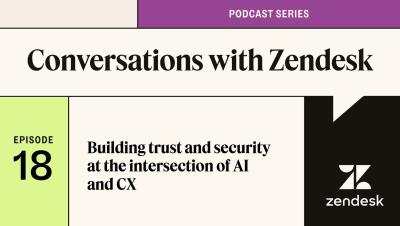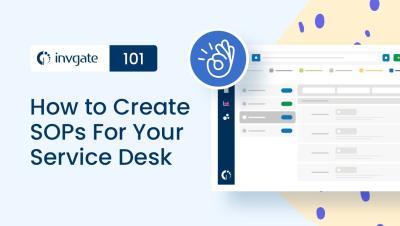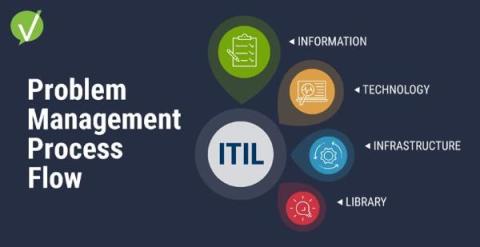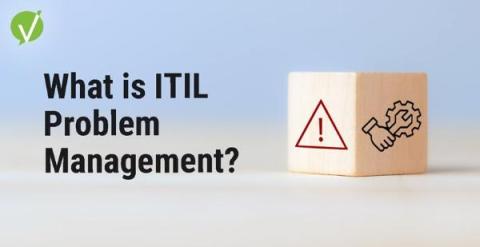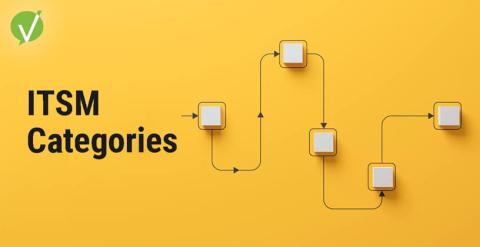Teams | Collaboration | Customer Service | Project Management
January 2024
SLA Compliance: Meeting Service Level Agreements with Precision
How to Create Standard Operating Procedures For Your Service Desk
Service Demand: Mastering the Tech Talent Tightrope
How to Choose the Right Customer Support Software for Your Needs
Make Your Service Desk Mobile With The InvGate Service Desk App
Service Level Indicators: Measuring Excellence in Customer Service
Revolutionizing Customer Service: The Power of Automation
How Zendesk AI is changing the minds of skeptics | Conversations with Zendesk
Vivantio: Elevate Your Service Management - AI, Integrations, & Personalized Workspaces
ITIL Problem Management Process Flow: Resolving IT Challenges Effectively
If you work in the field of Information Technology, you know issues are bound to arise sooner or later. Whether it’s a hardware malfunction or a software glitch, problems can impede the normal functioning of your IT systems, causing delays and frustration for your team and customers. This is where the ITIL Problem Management Process Flow comes in handy.
Partnering for progress: exploring Zendesk's Technical Community
Living in a digital world, our concept of community transcends geography to include the virtual spaces from which we connect, share, learn and grow. Zendesk has held to this same notion of community for many years, as Partners in our ecosystem seek one another’s expertise across industries, technologies and languages.
How to make your Marketplace listing shine
It’s fair to say that the Zendesk Marketplace is buzzing with app activity. In my four years as Marketplace Operations Manager, the number of apps available has skyrocketed from 927 to 1,542 – that’s a leap of more than 600! And it’s not slowing down. We’re currently adding 200 to 300 net apps per year, which begs the question: with so many great options vying for customers’ attention, how can you make your app listings stand out? First things first.
Why step-by-step is the way to go with AI | Conversations with Zendesk
The Benefits of Using TeamSupport Software for Your Business
CX Trends 2024: Unlock the power of intelligent CX
We’re facing a seismic shift in the world of customer experience with rapid advancements in artificial intelligence, data analytics and other emerging technologies shaking the very foundations of our industry. Businesses are rethinking the structure of everything, from their tech stacks to their teams. In just a few years time, these forces will radically transform the pivotal connection between customers getting support and the organisations that provide it.
Enterprise Workflow Automation: Transforming Business Operations
Are you seeking ways to enhance your business operations, boost efficiency, and optimize productivity? Your solution lies in Enterprise Workflow Automation with the aid of advanced management software. By automating critical business processes through the utilization of workflow management software, your organization can unlock new levels of operational excellence and elevate performance to new heights.
Be confident in your artificial intelligence with Zendesk AI
What do customers really want from bots? #ZendeskAI has the solution
Save for when you're stuck on hold #shorts #customerservice
Unlock the power of intelligent customer experience | Conversations with Zendesk ep. 17
What is Change Management in Cyber Security? System Integrity
In this blog, we will explore the concept of change management in cyber security and its importance in maintaining system integrity. Change management is a structured process that organizations implement to handle system or service changes related to information security. By effectively managing these changes, businesses can mitigate security risks, adapt to new cyber threats, and ensure the smooth implementation of cybersecurity initiatives.
A Step-by-step Guide for E-commerce Customer Service Strategy
The COVID-19 crisis has pushed us all out of our comfort zones – both merchants and consumers. What might have evolved over a decade happened within eight weeks in 2020, when retailers quickly launched e-commerce websites and figured their way through digital payment, order fulfillment, and warehouse management processes. Consumers got equally adventurous too.
Transform your customer service teams into superheroes with #ZendeskAI
Want accessible, fine-tuned AI for the best CX? Choose Zendesk.
A History of Customer Support Technology
There are more ways than ever for customers to get in touch with tech support. Ever wonder what customer service looked like 50 or 60 years ago? It certainly wasn’t as accessible or intuitive as it is today. Here’s a look back at how customer support technologies evolved over the last century, and a peak at where they’re going next.
What is Change Management in HR: Navigating Organizational Transformation
Organizations must be prepared to adapt and change to remain competitive. This is where change management in human resources (HR) comes in. Change management is the process of planning, implementing, and guiding organizational change. It is crucial to ensure that employees are engaged and on board with the changes to achieve desired outcomes smoothly. HR professionals and teams play a critical role in successful change management.
What Is ITIL Problem Management in ITSM?
As an organization, you rely on technology to drive business success and deliver efficient operations. However, IT service disruptions can pose a severe threat to this success, leading to lost revenue, decreased productivity, and poor customer experience. This is where problem management comes in. Problem management is a vital process that aims to ensure stable and reliable IT service operations.
What is Change Management & Why It Matters
Change is a constant in any business, and managing change effectively is critical to an organization’s success. Change management is the process of guiding individuals, teams, and organizations through transitions. Successful change management involves a well-defined strategy that enables businesses to manage change efficiently, minimize disruptions, and achieve effective outcomes.
ITSM Categories: Streamlining Operations
Are you struggling to meet service level agreements (SLAs) and enhance your IT service delivery? Understanding the different categories within IT Service Management (ITSM) can help streamline your operations, increase efficiency, and improve precision. By exploring the various ITSM categories, you can leverage their benefits and build a solid foundation for your IT service management practices.


